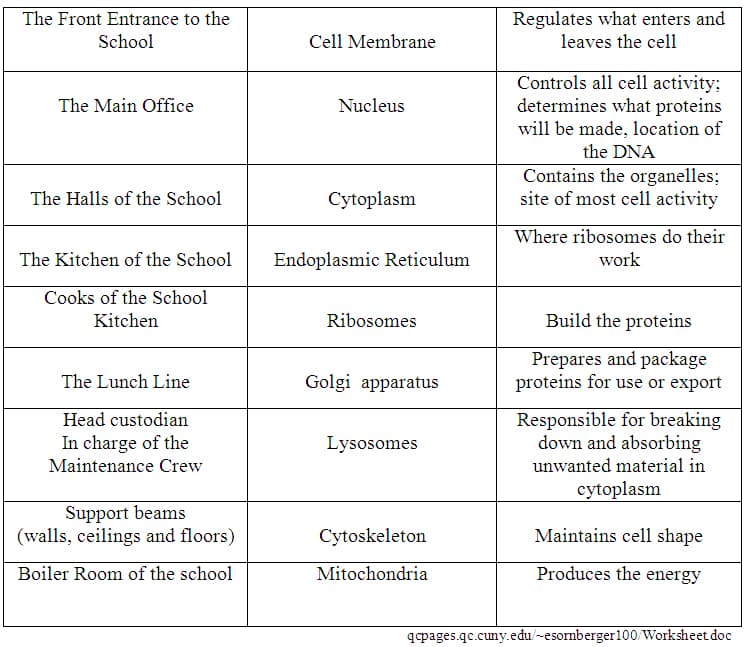Organelles
The organelles are the parts of a cell. They include the nucleus, the nucleolus, ribosomes, smooth endoplasmic reticulum, rough endoplasmic reticulum, mitochondria, golgi apparatus, lysosomes, centrosome, and peroxisomes. Our DNA (deoxyribonucleic acid) is located in the cell nucleus, the largest organelle (see Figure 1). Like the cell membrane, the nuclear membrane is a porous bilayer of lipids regulating the flow of material into and out of the nucleus. The DNA controls every cell process and the ways in which our cells communicate and work together creating our unique individual design. The same DNA is within every cell in our body. The nucleolus sits within the nucleus of the cell making ribosomes and storing RNA. Ribosomes are stations where protein synthesis occurs. The smooth endoplasmic reticulum (ER) has a smooth surface and is an extension of the nuclear membrane. Rough endoplasmic reticulum looks bumpy because of the many ribosomes sitting on its surface synthesizing proteins. The proteins are also stored in the rough endoplasmic reticulum before being transported to the places where they are needed in the cell. The mitochondria are the energy sources of the cell producing and storing the energy for all the cell processes and movement including division and replication. Similar to the nucleus, the mitochondrion is encased in a bilayer membrane. The inside of the mitochondrion is a maze of folds called, cristae, increasing the inner membrane surface layer. ATP, the primary source of cell energy, is produced on this surface area when sugars are combined with oxygen. The golgi apparatus packages molecules so they can be transported to other parts of the cell. Lysosomes are little organelles that have digestive enzymes within them that digest unwanted particles in the cytoplasm. A centrosome is an organelle that contains a small pair of organelles called centrioles. During cell division, the centrioles replicate and the centrosomes divide, moving to each end of the cell nucleus. At each end of the cell, the centrioles make a spindle in the process of cell division. Peroxisomes are organelles that detoxify the cytosol by breaking down the hydrogen peroxide into water and oxygen. 3 Another way to think of the cell and its organelles is to compare it to a school.
A Cell Is Like A School

qcpages.qc.cuny.edu/~esornberger100/Worksheet.doc

Comments: